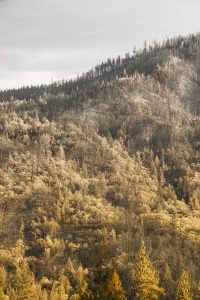Spotting/Managing Ash Dieback
We’ve spoken about Ash Dieback in the past. We wanted to bring you some more information about the disease, but more importantly how to manage your trees if they have it. Firstly, here’s a bit of information:

Common names: Ash Dieback, Chalara
Scientific name: Hymenoscyphus Fraxineus
What trees does it affect?: Ash Trees
Areas affected so far: The whole of the UK
Origin: Originally from Asia, arrived in the UK via Europe
What does ash dieback look like?
In order to best care for your trees, you first need to know how to spot diseases like Ash Dieback. It’s important to understand that Ash dieback can affect ash trees of all ages. Generally, younger trees succumb to the disease quicker but in general, all affected trees will have these symptoms:
- Dark patches on leaves in the summer
- Wilting leaves that may have black discolouration
- Early shedding of leaves
- Diamond-shaped, brown lesions are developed where branches and trunk meet
- Inner bark looks brownish-grey under the lesions
- New growth from previously dormant buds further down the trunk – this is known as epicormic growth and is a common response to stress in trees
What is ash dieback?
Ash dieback (Hymenoscyphus fraxineus) is a fungus which originated in
Asia. It doesn’t cause much damage to its native hosts of the Manchurian ash (Fraxinus mandshurica) and the Chinese ash (Fraxinus chinensis) in its native range. However, its introduction to Europe about 30 years ago has devastated the European ash (Fraxinus excelsior) because our native ash species did not evolve with the fungus and this means it has no natural defense against it.
What happens to the tree?
The fungus overwinters in leaf litter on the ground, particularly on ash leaf stalks. It produces small white fruiting bodies between July and October which release spores into the surrounding atmosphere.
These spores can blow tens of miles away. They land on leaves, stick to and then penetrate into the leaf and beyond. The fungus then grows inside the tree, eventually blocking its water transport systems, causing it to die. The tree can fight back, but year-on-year infections will eventually kill it.
If you have any questions about ash dieback, feel free to give us a call.
